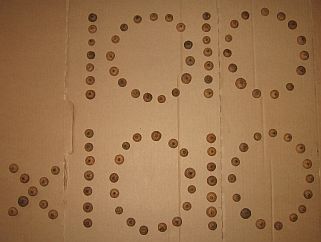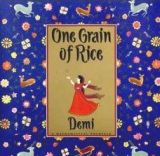I want to contribute to the Hour of Code event happening now during Computer Science Education Week.
I don’t write about computer programming, but I do write extensively about how computers work — in particular, about how they do arithmetic with binary numbers. For your “hour of code” I’d like to introduce you to binary numbers and binary addition. I’ve selected several of my articles for you to read, and I’ve written some exercises you can try on my online calculators.
Continue reading “Hour of Code: Binary Numbers and Binary Addition”



